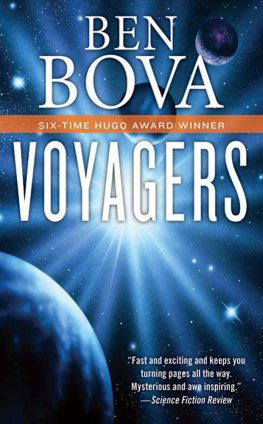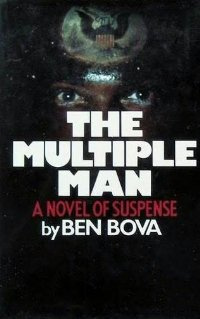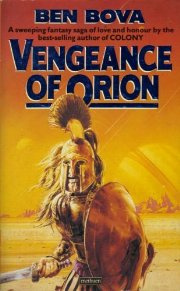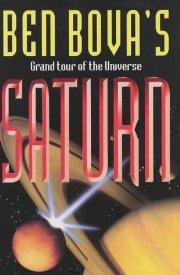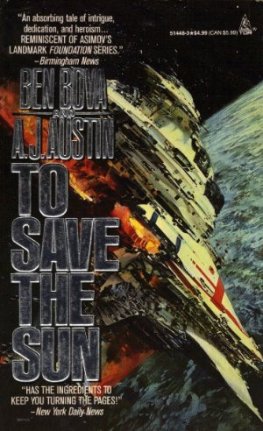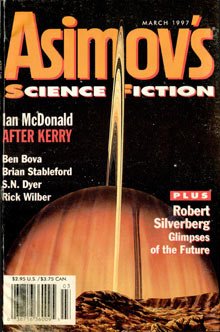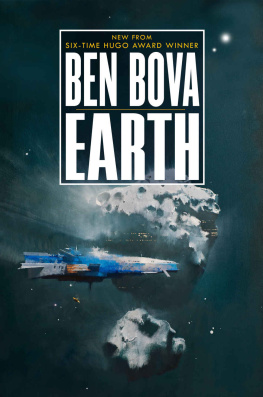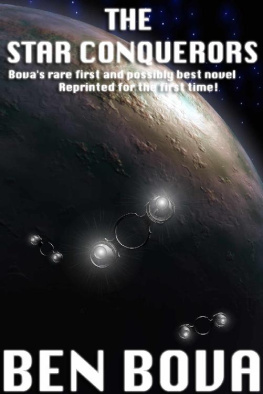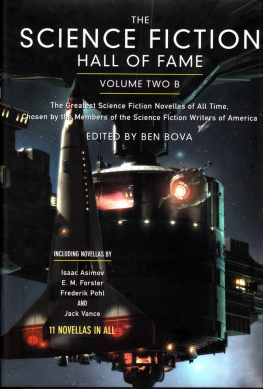The weapons being developed for use in space can be regarded as black boxes; that is, it is sufficient to know what goes into them in the way of power or fuel requirements and what comes out of them as energy or projectiles. For most readers, it is not necessary to understand what goes on inside the black box, how the weapon works. But for those who are curious about the inner workings of these exotic new kinds of weapons, here are thumbnail sketches of their fundamental principles.
The space-based weapons discussed in this book fall into two basic categories: energy-beam weapons and kinetic-kill weapons. Each category has two types of weapons. Energy-beam weapons, often referred to as directed-energy weapons (DEW), consist of lasers and particle-beam accelerators. Kinetic-kill weapons include missiles and electrically-powered rail guns.
Lasers
The word laser is an acronym from Light Amplification by Stimulated Emission of Radiation.
In a laser, a working medium is made to emit an intense beam of light. The working medium can be a solid, aliquid, or a gas. The first lasers used solids, such as artificial rubies. The lasers being developed for space weapons use gases such as carbon dioxide or hydrogen fluoride, because gas lasers can produce much more power output than solids.
Light is energy, pure and simple. Well, maybe not so simple. Twentieth-century physicists discovered that light can be considered as a wave of energy or as a stream of massless particles, which they dubbed photons. Or as both. Visible light is a small slice of the huge spectrum of electromagnetic energy, a spectrum that includes radio waves, infrared energy, visible light, ultraviolet, X-rays, and gamma rays. Radio waves are the longest in wavelength and the lowest in frequency; some radio waves are miles long. The waves of visible light, in contrast, are less than ten millionths of an inch long. The energy content of a photon depends on its wavelength. Photons of the longwavelength radio waves, for example, pack much less energy than photons of visible light. Ultraviolet light is more energetic than visible light, X-rays more energetic than ultraviolet, and gamma rays the most energetic of them all.
A laser emits energy in the form of an intense beam of lightor rather, an intense beam of electromagnetic energy, which can range from infrared through visible light to ultraviolet. X-ray lasers are being developed, as well. No one has produced a gamma-ray laser. Yet. (Radiowavelength devices called masers for microwave amplification by stimulated emission of radiationactually preceded the development of lasers. But thats another story, and does not concern us here.)
Regardless of its wavelength, the energy that comes out of a laser is very different from the light emitted by ordinary lamps. Laser light is very intense, it is emitted in a narrow beam, it is monochromatic, and it is coherent.
Intensity. The light produced by lasers is much brighterthan the Sun. The Sun emits some 7000 watts (7 kilowatts) of light energy from each square centimeter of its surface: equivalent to the light output of seventy 100-watt bulbs, coming out of an area the size of a postage stamp. Lasers can produce pulses of light of more than a billion watts per square centimeter. Laser beams have been focused down to intensities of more than 10 billion watts per square centimeter.
Directionality. Lasers emit narrow beams of light that spread very little, even over vast distances. Lasers of quite low power, merely a few watts, have bounced their beams off the Moon, spreading to little more than a miles diameter after a trip of a quarter million miles. This directionality means that comparatively little of a lasers beam is wasted; when used as a weapon, most of the lasers energy gets to its target.
Monochromaticity and Coherence. Ordinary sources of light, such as candles, electric lamps, or the Sun, emit light at many different wavelengths simultaneously. This is called white light. Lasers emit light at a single wavelength, a single pure color of such richness that laser light shows have become popular entertainments. The difference is rather like the difference in sound between a symphony orchestra as it tunes up, and the pure note of a solo violin. Laser light is also coherent: all the waves coming out of the laser are lined up in near-perfect step. Ordinary light sources produce light waves of many different wavelengths, mixed together. Lasers produce light waves that are more precisely spaced and aligned than a marching squad of West Point cadets.
What happens inside a laser to produce such extraordinary results?
Atoms give off light quite naturally. The Sun and stars shine. Flames glow. Electric lights chase away the shadows. In each of these light sources the atoms are excited by some energy source: thermonuclear fusion in the Sunand stars, chemical reactions in a flame, electrical energy in artificial lights. When an atom absorbs energy, physicists say it is excited. But an atoms excitement does not last long, under natural circumstances. Within a tiny fraction of a second, an excited atom will give off exactly the same amount of energy that it just absorbed. It emits this energy in the form of a photon, and the photon has precisely the same wavelength (or energy content) as the energy that the atom had absorbed a few microseconds earlier.



